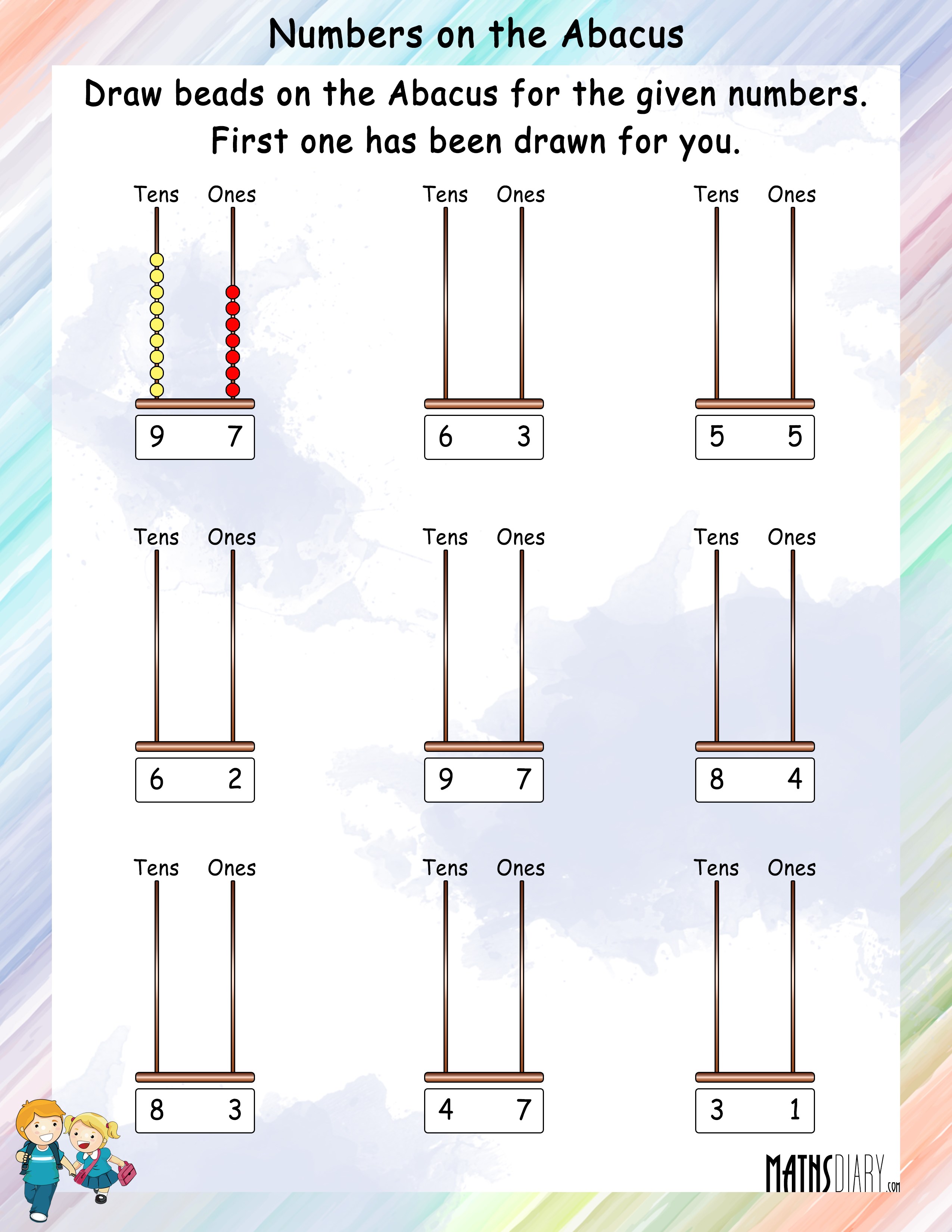

The Cranmer abacus is a modified version of the Japanese abacus or sorobon.

The two possible binary digits are 0 and 1, but they are also described as low and high, which are the two possible positions for beads on an abacus. Binary digit, the numbering scheme used to encode and decode digital messages, is based on an abacus design. The abacus is also an ancestor of the modern calculator and computer. This origin, whether in Ancient China or Babylon, has been used throughout history and is continued to be used as a convenient calculator for commercial transactions. Abacus: Historical SignificanceĪs commercial transactions became more complicated, a calculating tool was essential to make quick calculations and avoid errors. It helps ensure quick calculations when working with large numbers and makes the calculation process visible to both buyer and seller or teacher and student. This counting frame allows individuals to track, add, subtract, multiply, and divide numbers easily. You can then push additional beads from the bottom or, if available, from the top to count up to nine in that place value. Pushing one bead from the top row to the center counts as five. Many designs have four or five beads on a bottom row, with one to five beads on the top row. Starting either with the tens place or a decimal place, increasing from right to left. The idea of this counting frame is that each rod represents a sequential place value. Ancient devices used marble or stone parts. Most abacuses are made of a frame with wood rods and beads. It’s a fairly straightforward calculator that is still used in many countries in schools or markets for counting. The woman in this illustration is Typus Arithmeticae, considered the “muse of arithmeti.” Abacus: How It Workedĭespite its long history and unknown inventor, the abacus has worked basically the same way throughout the centuries.


 0 kommentar(er)
0 kommentar(er)
